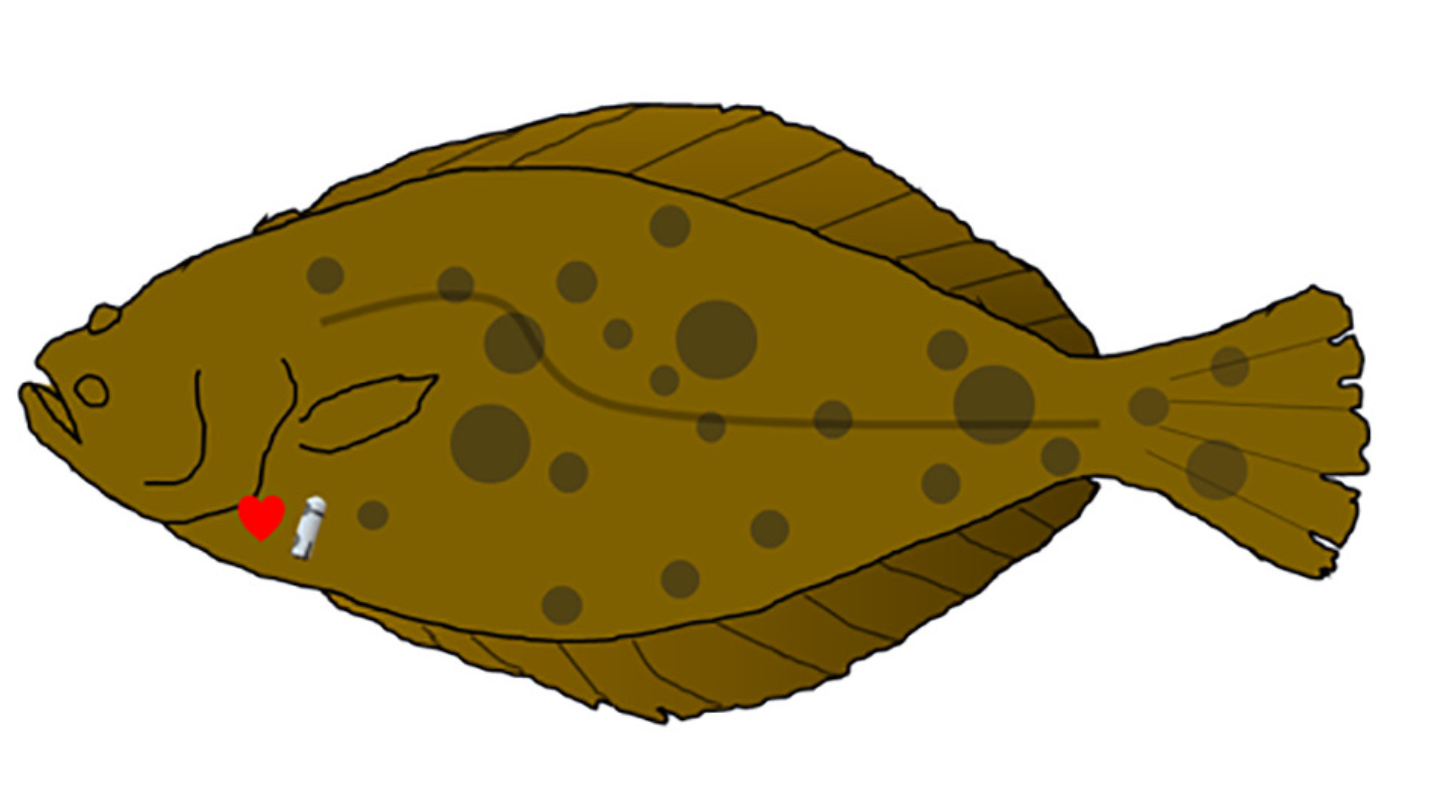News

July 27. - 2023
Heart Rate Is A Valuable Indicator of Health in Farmed Olive Flounder
Olive flounder (Paralichthys olivaceus) is a common fish farmed in aquaculture settings in South Korea. As the general public becomes more and more aware of the importance of animal welfare, and in this case, fish welfare, there is an increased demand for the development of sustainable aquaculture. A major benefit accomplished by prioritizing the welfare of farmed fish is, among other things, higher yield and superior meat quality.
Water temperature an important factor
Not much is known about the effects of stressors on the olive flounder in fish farms, and it was this challenge scientists from Chonnam National University, Republic of Korea, wanted to look at. The most important factor was water temperature, as this affects the physiological functions of the flounders directly. It is known that rapid changes in water temperature can cause loss of appetite, poor growth, and mass mortality. In a current study the aim was to collect data to be used as a foundation for monitoring and managing life flounder breeding.
Water temperature an important factor
Not much is known about the effects of stressors on the olive flounder in fish farms, and it was this challenge scientists from Chonnam National University, Republic of Korea, wanted to look at. The most important factor was water temperature, as this affects the physiological functions of the flounders directly. It is known that rapid changes in water temperature can cause loss of appetite, poor growth, and mass mortality. In a current study the aim was to collect data to be used as a foundation for monitoring and managing life flounder breeding.
Heart rate monitored in rapidly changing water temperatures as well as constant high temperatures
In total 42 olive flounders (Paralichthys olivaceus) were implanted with Star-Oddi DST milli-HRT. The experiments were divided into three: Experiment 1 and 2 as well as a control group. Each group contained 14 fish, performing two trials with 7 fishes at a time in each group. The loggers in Experiment 1 were set to measure heart rate every 10 minutes, and in Experiments 2, every 30 minutes. Experiment 1 was conducted with rapidly changing water temperatures from 15-25°C. In addition to this, in Experiment 2, they looked at high water temperatures, or 28°C for 15 days. Water temperature in the control groups was kept appropriate for growth, or at 24°C.
Heart rate significantly higher at high water temperatures
The results show significantly higher heart rate at high temperatures. In Experiment 1 the heart rate remained unaltered even when the water temperature was raised at daily intervals up to 22°C, indicating that these fish had evolved to certain water temperature ranges. Even so, the heart rate became significantly elevated at 23°C. Moreover, in Experiment 2 it was consistently higher than the control group throughout both trials. It was also noted that, in the dark phase during feeding the heart rate in Experiment 2 was higher than during the light phase. The control group remained stable. Cortisol was also measured, and it was found to be significantly higher at the end of both experiments compared to baseline of the control group.
The findings in this study indicate that heart rate can be utilized to monitor the health of olive flounder in aquaculture settings.

Fig. 2 from the article. Variations in heart rate in Experiment 1. (a) Average values (average of 7 animals in each trial) and (b) variability ranges (variation of 14 animals in trials 1 and 2) (p < 0.05).
The findings in this study indicate that heart rate can be utilized to monitor the health of olive flounder in aquaculture settings.

Fig. 2 from the article. Variations in heart rate in Experiment 1. (a) Average values (average of 7 animals in each trial) and (b) variability ranges (variation of 14 animals in trials 1 and 2) (p < 0.05).
Further results can be found in the article published in Aquaculture and can be accessed here.